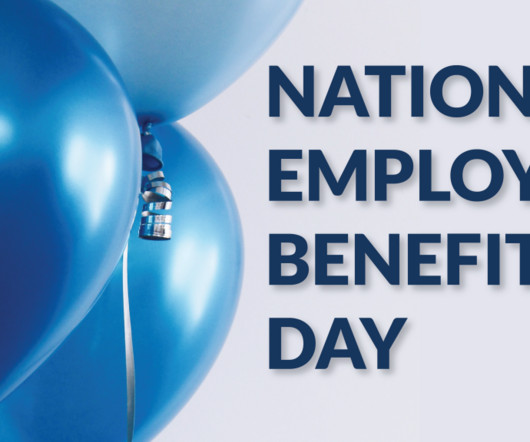4 considerations when choosing employee benefits for the first time
WEX Inc.
SEPTEMBER 12, 2023
Understanding HSAs The number of health savings accounts (HSAs) has doubled nationwide in the last seven years , as more Americans turn to these accounts as a way to save on healthcare costs and prepare for retirement. HRAs provide an extra layer of financial support for medical needs beyond insurance coverage.













Let's personalize your content